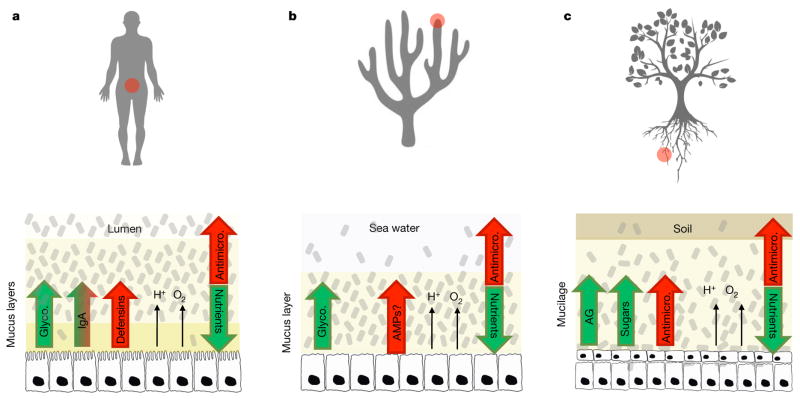Figure 1. Convergent evolution of the host epithelial interface with the microbiota.
a–c, The study of the mammalian microbiota is most developed but it is becoming clear that diverse animals (a, b) and plants (c) possess epithelial surfaces where a complex microbiota can grow. In these systems, the host releases nutrients, antimicrobials, and a slimy matrix of mucus or mucilage, which are all thought to help control the microbiota (host control). In return, the symbionts may provide nutrients and protection from pathogens through antimicrobial (Antimicro.) release and other mechanisms3,6,36,47,92. Notably, the common ancestor of plants and animals is a single-cell organism93, which means that these adaptations have evolved convergently after multicellularity evolved in the two lineages. This convergence is an indicator of common evolutionary principles across diverse systems. a, Human large intestine. The host secretes glycoproteins (Glyco.), such as mucins, which certain microbes attach to and feed on. Large amounts of IgA are released4, which may both help and harm symbionts by affecting adhesion56. Defensins (antimicrobial peptides), acids and oxygen release also shape the symbiotic community. b, Coral epidermis. Corals have many of the same features as the mammalian intestine, including mucins that contain microbes54, acids and oxygen53. Whether antimicrobial peptides (AMPs) are released from the epidermis is not yet clear but the innate immune system shapes the epithelial microbiota in the coral-relative Hydra41. c, Plant-root epidermis. Plants release mucilage that contains arabinogalactan (AG) proteins55, which appear to be functionally similar to mucins, and sugars and other carbon sources in large quantities, which all provide nutrients for the root microbiota36,37 The release of oxygen, antimicrobials, and particularly organic acids, also shapes the microbiota of the rhizosphere3,36. Icons made by Freepick from http://www.flaticon.com/ (a) and https://www.vecteezy.com/ (b, c).

